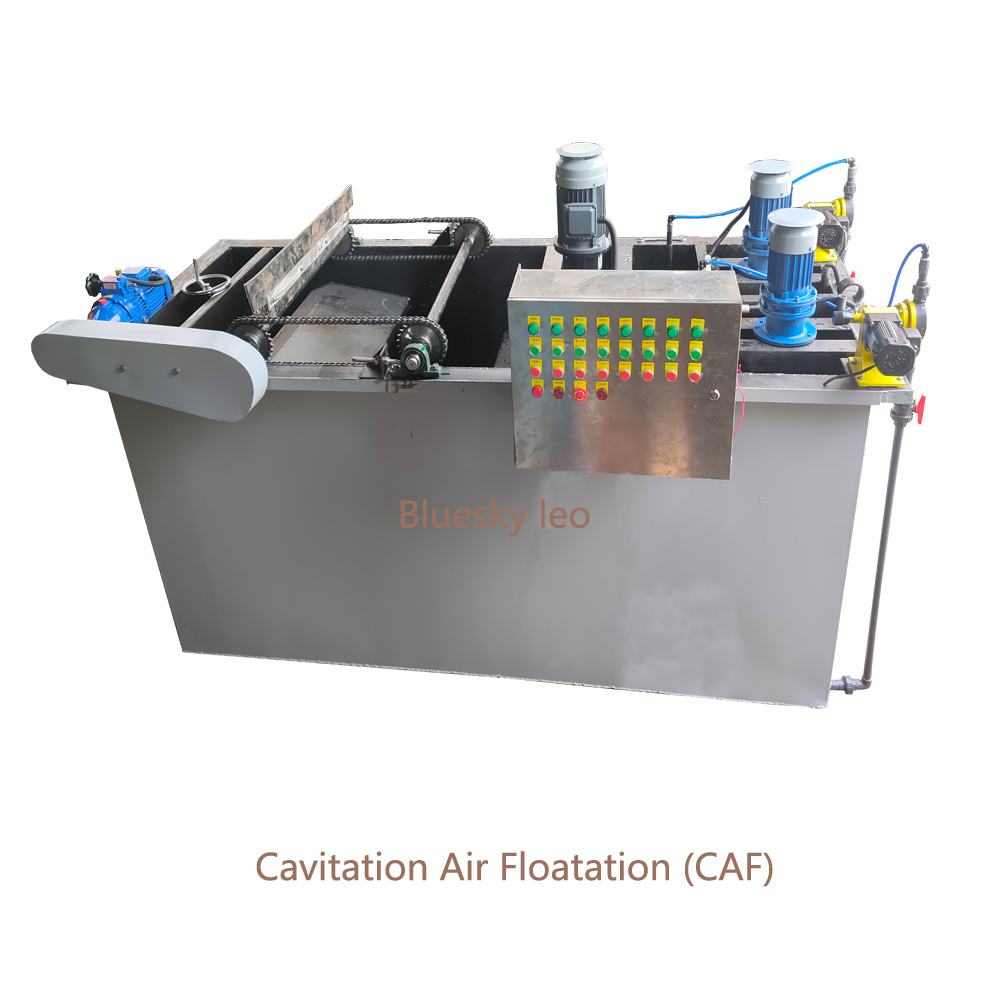Briefly describe the steps of wastewater treatment
2024-10-21
 Briefly describe the steps of wastewater treatment
Briefly describe the steps of wastewater treatment
Wastewater refers to polluted water that cannot be directly reused. These wastewater contain many chemical elements that are harmful to human health and the ecological environment. Different factories and enterprises will discharge various types of wastewater, and the pollutant elements contained in these wastewater are also different. For example, the wastewater produced by chemical plants is completely different from that produced by food factories.
Therefore, when treating industrial wastewater, we need to analyze the problems correctly. Firstly, we need to analyze the main pollutants in the wastewater, and then use relevant processes to treat the wastewater.
At present, due to the complex composition of wastewater, individual wastewater treatment methods cannot achieve standard discharge. Therefore, we will use a combination of wastewater treatment methods to meet the discharge standards.
(1) Pre treatment is a prerequisite for wastewater treatment
Nowadays, many industrial wastewater cannot be directly treated by biological methods. It is not only chemical wastewater, printing and dyeing wastewater, and pharmaceutical wastewater with high organic concentration, complex composition, and poor biodegradability, but also industrial wastewater with good biodegradability such as food processing wastewater, which contains a lot of pollutants such as oil and suspended solids that affect microbial treatment of organic matter.
Therefore, in the process of treating industrial wastewater, the first and foremost step is pretreatment, which includes physical methods, physicochemical methods, chemical methods, etc. Based on the water quality, designs can be made to solve the problems existing in the wastewater and achieve the goal of entering the biochemical treatment stage stably.
For example, in the process of treating chemical wastewater, we use many chemical methods to solve the problems of poor biodegradability and high pollutant concentration through the action of chemical methods; The suspended solids and oils in food processing wastewater are treated through physicochemical and physical methods to remove 99% of the suspended solids.
(2) Biochemical treatment is essential
Biological method is a wastewater treatment method characterized by low consumption, high efficiency, low cost, convenient and simple process operation management, and no secondary pollution. We can use this method to remove organic pollutants from wastewater, or achieve denitrification and phosphorus removal through the action of other microorganisms.
Due to the limitations of both anaerobic and aerobic biological treatment, it is difficult to undertake the removal task of biochemical treatment alone. Therefore, most wastewater treatment projects use a combination of anaerobic and aerobic methods to solve wastewater problems.
Anaerobic biological treatment is commonly used to treat industrial wastewater with high organic concentrations. For example, when a chemical wastewater enters the anaerobic biological treatment stage with a COD concentration of 8000mg/L, more than 85% of organic matter can be removed through the action of anaerobic microorganisms, and the biodegradability of the wastewater can be improved, which is beneficial for subsequent aerobic biological treatment.
Aerobic biological treatment methods are generally divided into two categories: activated sludge method and biofilm method. There are many application cases of them. We use aerobic biological treatment to treat anaerobic biological treatment to solve the problem of organic matter that has not been degraded. If the wastewater contains pollutants such as ammonia nitrogen and phosphorus, we can also design A/O, A2/O, SBR, etc. to achieve our removal goals.
(3) Deep treatment is the final step in wastewater treatment
Although the wastewater treated by biochemical methods has shown significant improvement and can meet certain discharge standards, it still contains some recalcitrant organic matter, suspended solids, heavy metals, and other substances, which cannot meet higher discharge standards.
Therefore, we need to increase advanced treatment processes. For example, a certain chemical wastewater contains a lot of recalcitrant organic compounds after biochemical treatment, which can be treated by chemical methods (oxidation methods) to meet discharge standards; For example, a certain pharmaceutical wastewater, after undergoing biochemical treatment, still contains a certain amount of pollutants such as phosphorus and ammonia nitrogen, which can be removed through physical and chemical methods (such as chemical precipitation).




